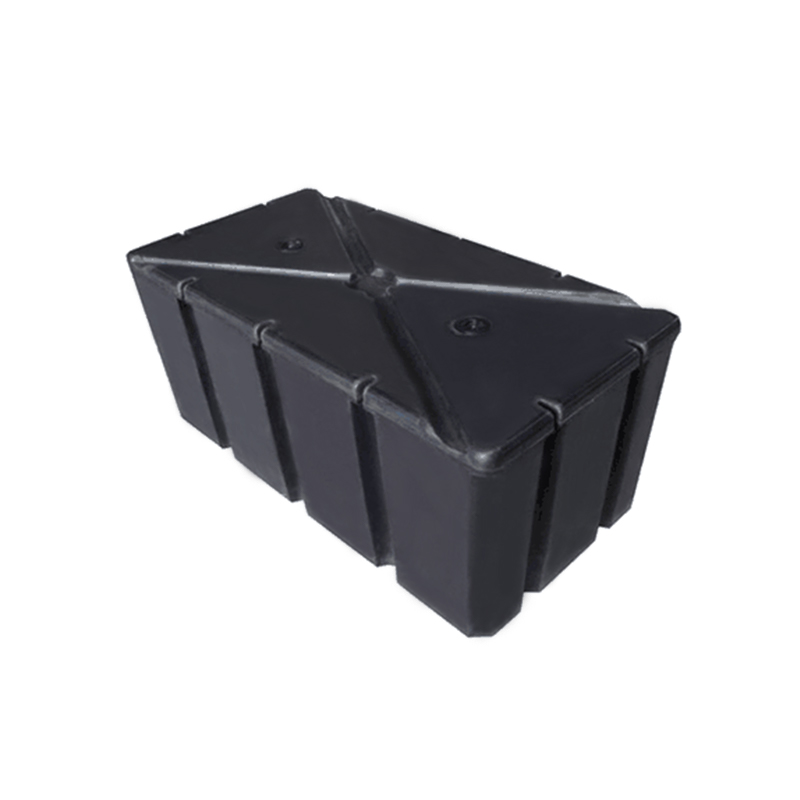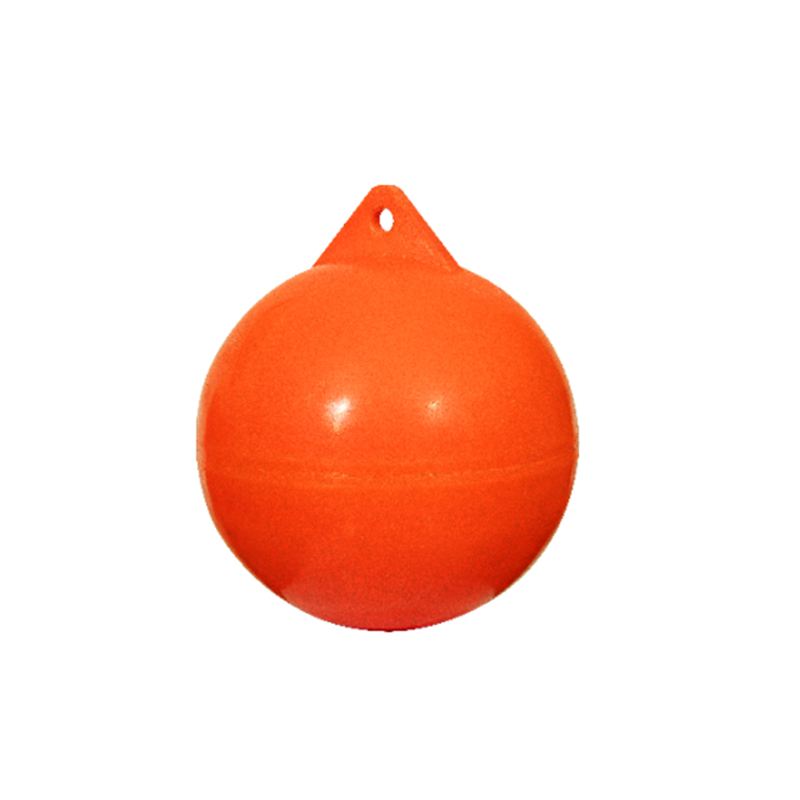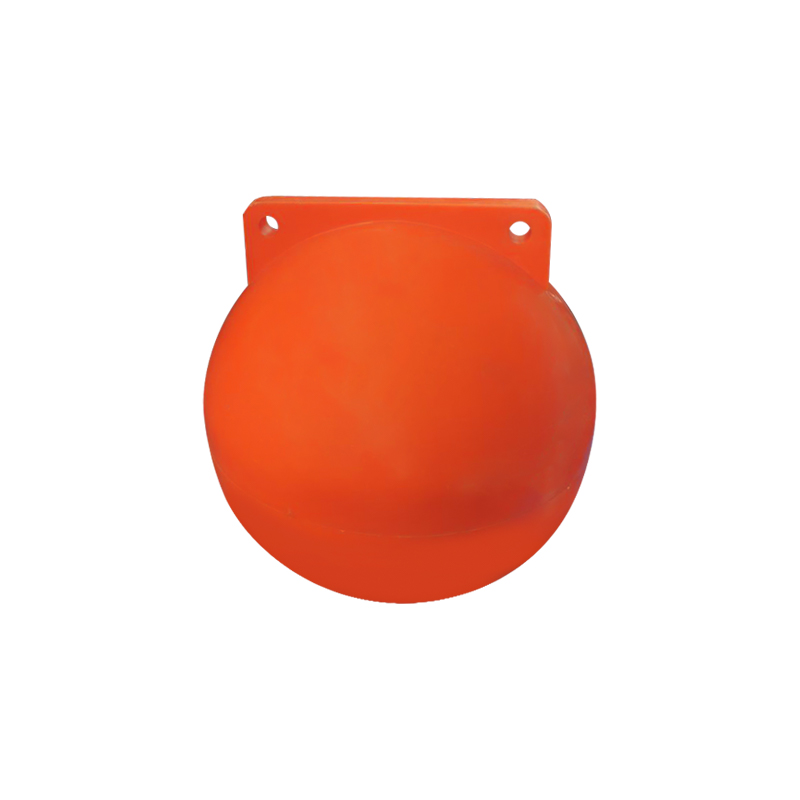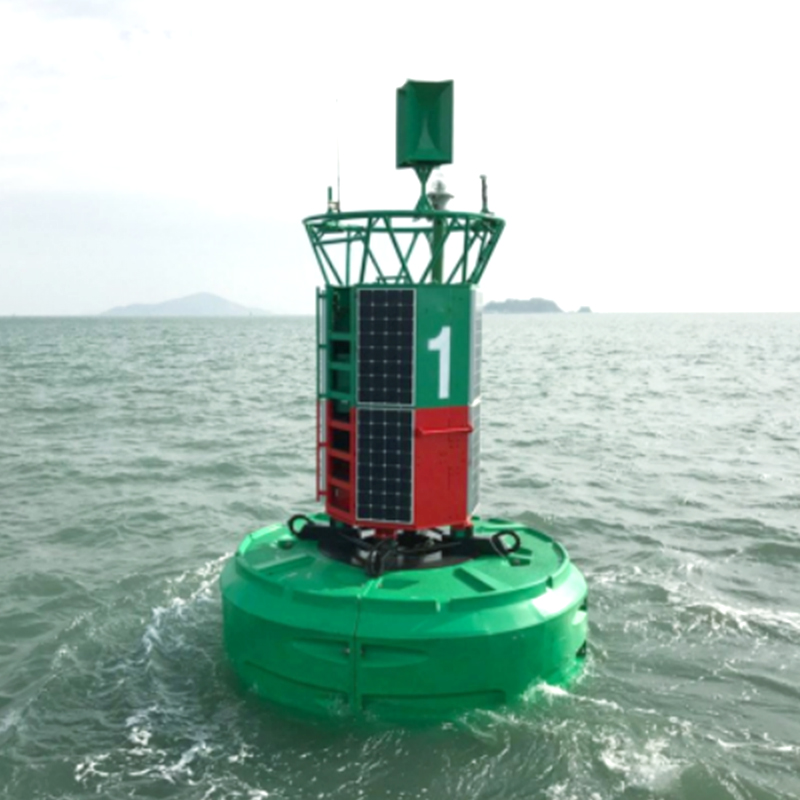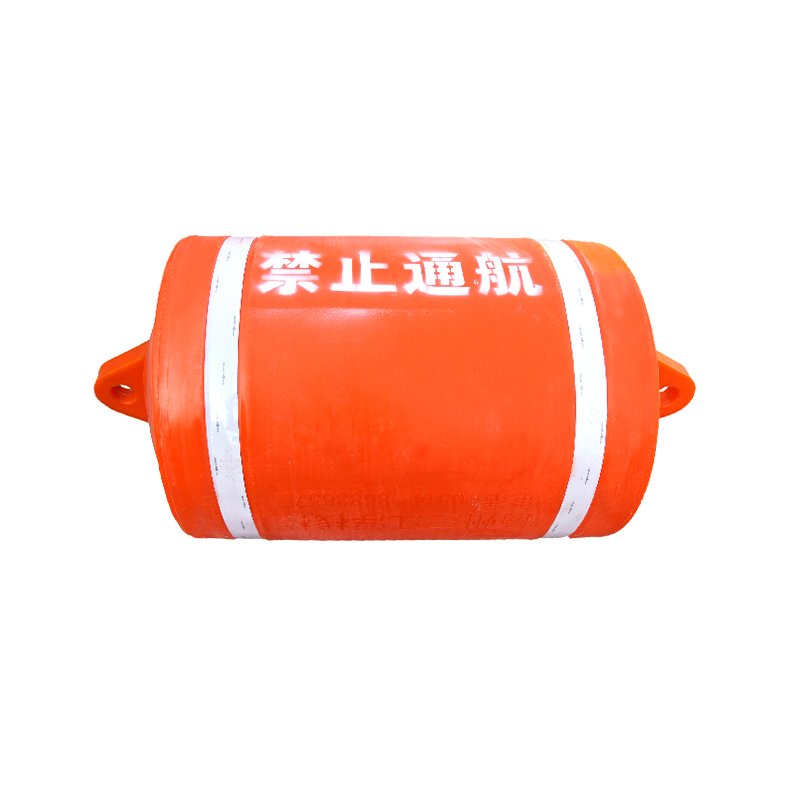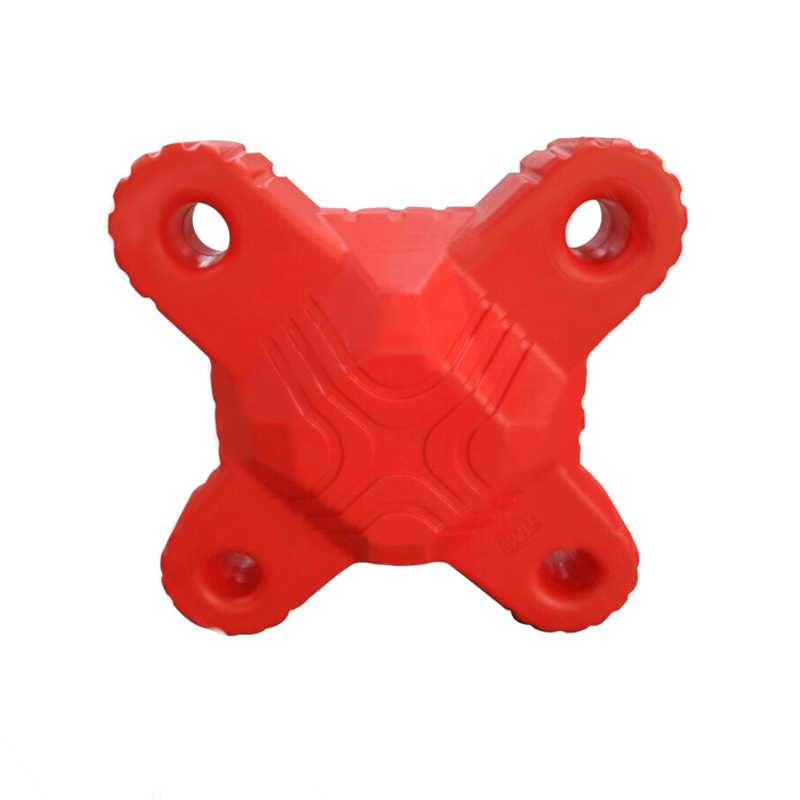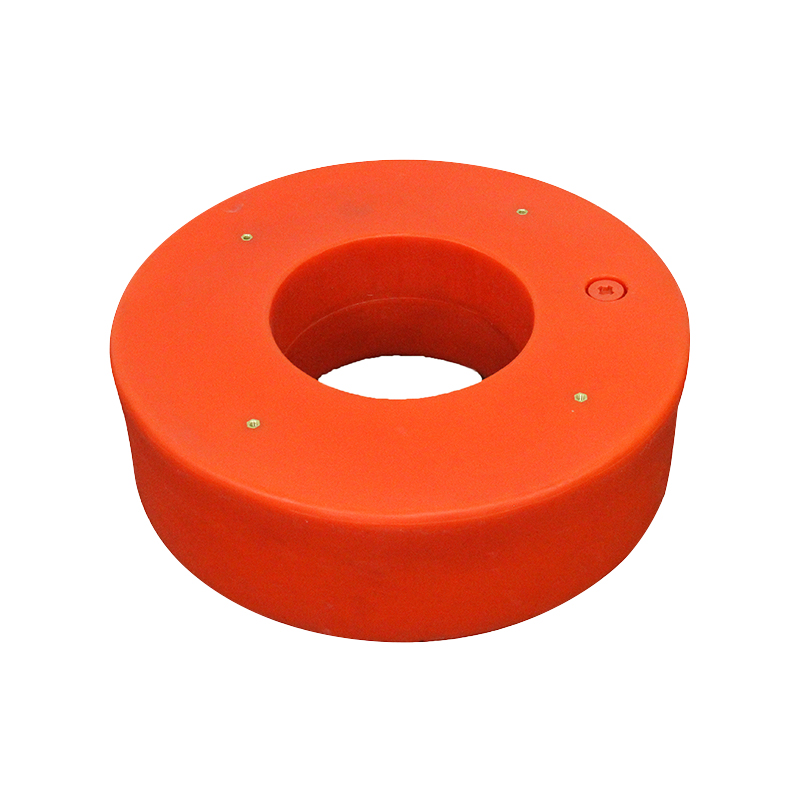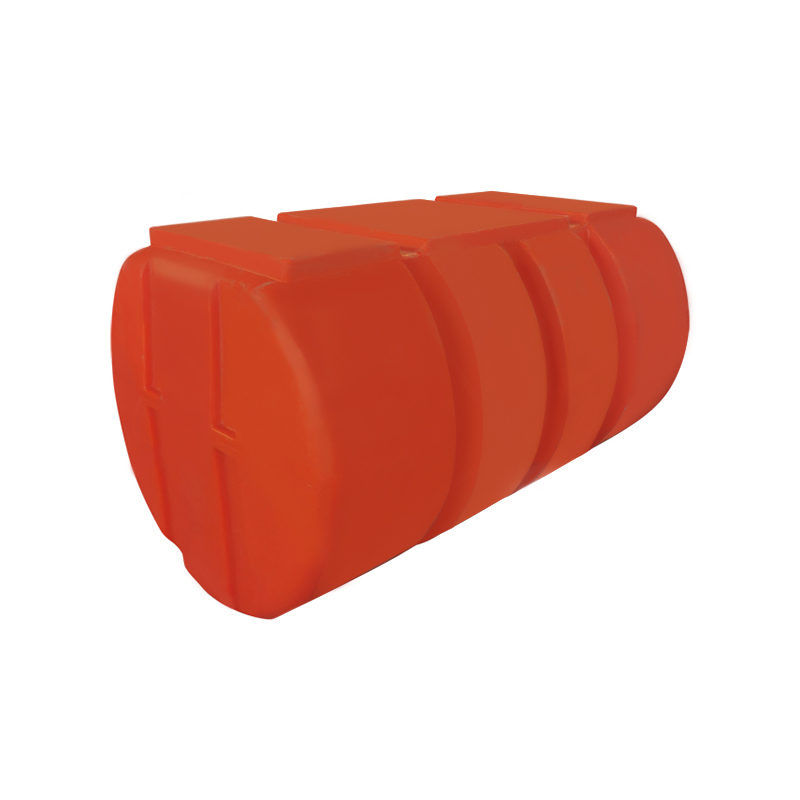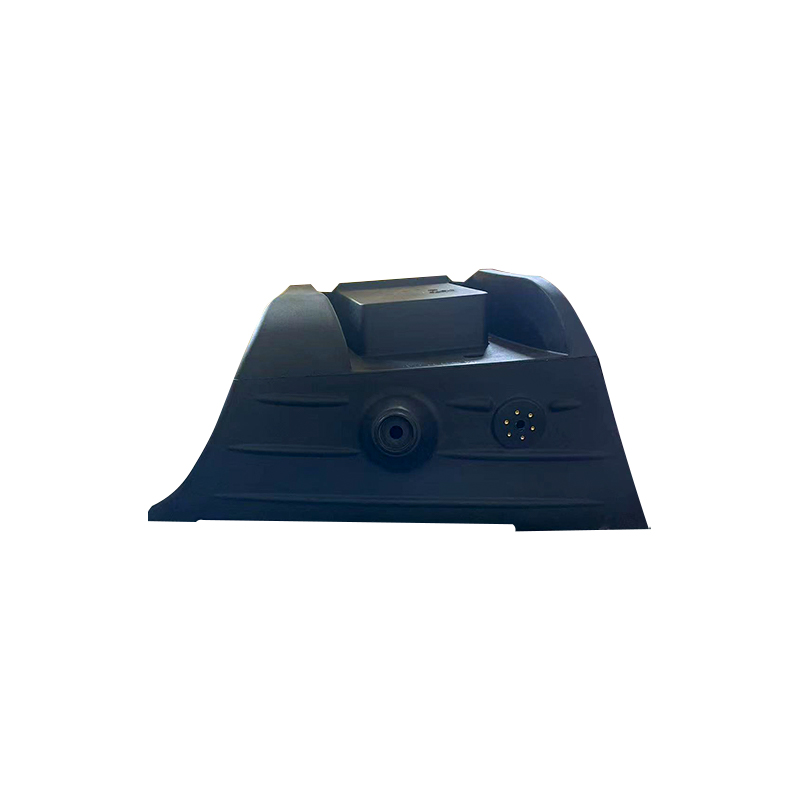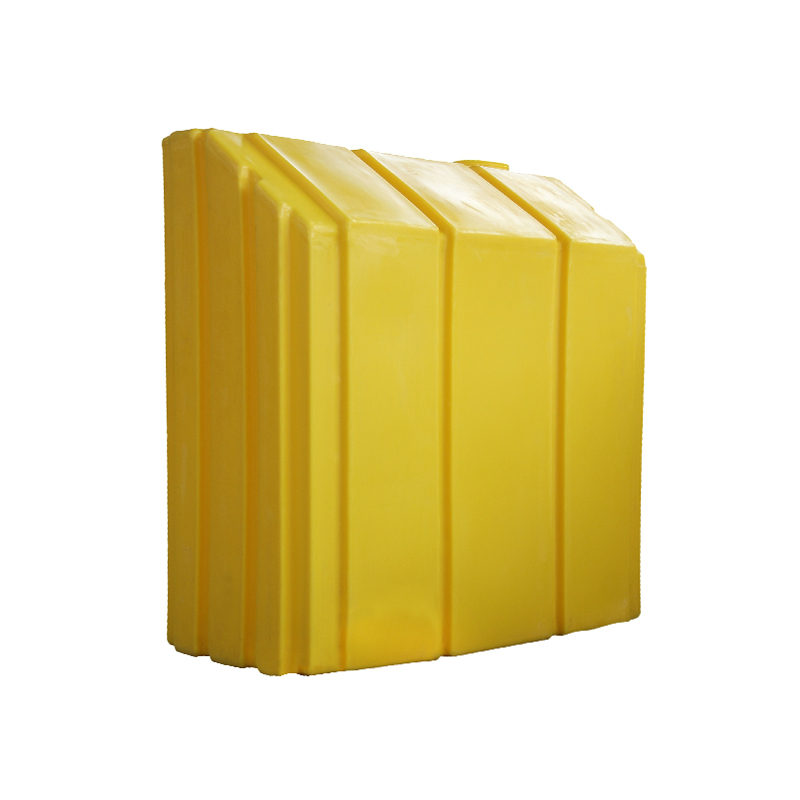How to solve the sewage problem of high-rise buildings through PE/LLDPE sewage lift
High-rise buildings face several unique sewage treatment challenges, especially due to limited gravity flow and insufficient pressure at higher floors. Traditional sewage discharge methods often fail to meet the demands of such buildings. PE (Polyethylene) and LLDPE (Linear Low-Density Polyethylene) sewage lifts offer an effective, eco-friendly, and sustainable solution.
1. Solving the Gravity Discharge Issue in High-rise Buildings
In high-rise buildings, sewage discharge is often limited by gravity. Due to the height of the building, sewage flow efficiency significantly reduces, especially when the discharge point is too high or the pipes are too long. Traditional sewage discharge systems rely heavily on gravity, but when gravity flow is insufficient, sewage cannot be discharged to the ground or into the sewage network.
PE/LLDPE sewage lifts address this problem. The built-in pumping system effectively lifts the sewage to an appropriate height, overcoming the gravity deficiency, allowing the sewage to be discharged smoothly into the building’s sewage pipes or drainage system. This approach provides a more flexible and efficient sewage discharge solution for high-rise buildings.
Typically, PE/LLDPE sewage lifts are equipped with multiple lifting pumps that are controlled automatically based on the sewage volume, adjusting the lifting power accordingly. This ensures stable sewage discharge and prevents issues like sewage backflow caused by pump malfunctions.
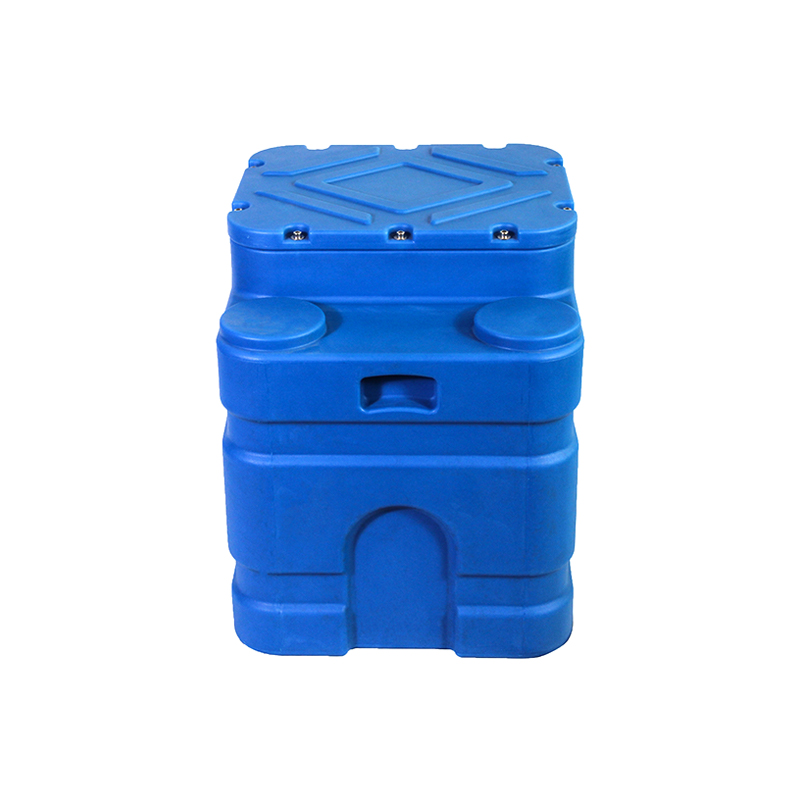
2. Strong Corrosion Resistance to Suit Various Environments
Sewage in high-rise buildings often contains corrosive substances such as acidic or alkaline wastewater, chemicals, etc. If conventional materials are used in sewage lift equipment, these substances can corrode the system over time, leading to premature failure. However, PE and LLDPE materials are highly resistant to corrosion, effectively resisting various acids, bases, salts, and other corrosive chemicals.
This feature enables PE/LLDPE sewage lifts to operate stably in complex sewage environments, avoiding the risk of equipment failure due to corrosion. Furthermore, PE and LLDPE have excellent water resistance and aging resistance, ensuring the equipment’s durability even when exposed to sewage for extended periods.
3. Light Weight and High Strength of PE/LLDPE Materials
Another significant advantage of PE and LLDPE materials is their light weight and high strength. Compared to traditional metal materials, PE and LLDPE are not only lighter but also offer excellent compressive and tensile strength. This makes the installation, transportation, and maintenance of sewage lifts much easier.
In high-rise building sewage systems, the use of lightweight PE/LLDPE sewage lifts reduces the difficulty of transportation and installation, while also alleviating the load on the building’s structure. Even when installation space is limited, the lightweight design ensures that the lift can be effectively installed and adjusted without occupying too much building space.
The high strength of PE/LLDPE materials also ensures the durability of the equipment, preventing damage caused by long-term use or uneven load distribution.
4. Suitable for Long-distance Sewage Transportation
In some high-rise buildings, the sewage system may need to transport sewage over long distances due to the building’s distance from the municipal sewage network, or the need to pump sewage through long pipes. Traditional drainage systems may not be effective in such cases. PE/LLDPE sewage lifts are specifically designed for long-distance sewage transport, with strong pressure resistance and flow control capabilities that ensure sewage is smoothly transferred from high floors to distant sewage treatment facilities or municipal sewage networks.
These systems are typically equipped with multi-stage pumping stations that automatically adjust the lifting height and pressure according to changes in sewage flow, ensuring smooth long-distance transportation. The use of PE and LLDPE materials not only enhances the system’s durability but also reduces the efficiency loss caused by pipeline resistance or insufficient pump power.
5. Energy-saving and Eco-friendly
PE/LLDPE sewage lifts have relatively low energy consumption during operation, especially with the help of high-efficiency pumps and intelligent control systems. These systems can adjust their operating status automatically based on actual demand, preventing unnecessary operation and reducing energy consumption.
In addition, PE/LLDPE materials are highly eco-friendly. They have a lower environmental impact during production and use, reducing the carbon footprint of the sewage treatment system. As energy-saving and environmental protection regulations become more stringent, PE/LLDPE sewage lifts are an ideal solution that meets modern environmental standards.
6. Flexible Installation and Maintenance
PE/LLDPE sewage lifts have a highly flexible design, often adopting a modular structure that can be customized to meet the needs of different buildings. This design makes installation and commissioning convenient, even in space-constrained environments.
Furthermore, PE/LLDPE sewage lifts are low-maintenance systems. Due to their high durability and low failure rate, maintenance costs are minimal. Even if issues arise, the simple structure and modular design make it easy for maintenance personnel to quickly identify the fault and replace or repair the components, ensuring that the system operates smoothly.
7. Automated Control and Intelligent Management of the Lifts
Modern PE/LLDPE sewage lifts are equipped with advanced automation control systems that automatically start or stop the pumps based on changes in the sewage water level. The intelligent control system continuously monitors the operation of the lift, ensuring efficient performance under varying loads and preventing issues such as improper sewage discharge due to human error or system malfunction.
This intelligent management not only improves the system’s stability and efficiency but also reduces the need for manual intervention, lowering operational risks and management costs. Additionally, the system can be integrated with other building systems, such as automatically activating the pump station when the sewage pit reaches a high water level, preventing overflow.
8. Suitable for Various Types of High-rise Buildings
PE/LLDPE sewage lifts are not only suitable for residential buildings but are also widely used in commercial buildings, office towers, hotels, hospitals, and other types of high-rise structures. Each building type has different needs based on its functionality, usage patterns, and sewage discharge volume. PE/LLDPE sewage lifts can be customized to meet the specific sewage discharge requirements of each building.
For buildings with special sewage treatment needs, such as hospitals or hotels, PE/LLDPE sewage lifts can be equipped with more efficient filtration devices and treatment systems to ensure the safety and hygiene of the sewage discharge process.
9. Saving Space and Improving Space Utilization
In high-rise buildings, space utilization is often a key design factor. PE/LLDPE sewage lifts are compactly designed, allowing them to be installed in smaller equipment rooms or basements, reducing the space they occupy. This is particularly advantageous in buildings with limited space, such as those in city centers.
By optimizing space utilization, PE/LLDPE sewage lifts make building design more flexible, allowing for better use of other facilities and increasing the overall value of the building.
10. Reducing Maintenance Costs and Long-term Reliability
The durability and stability of PE/LLDPE sewage lifts ensure long-term efficient operation. Compared to traditional metal equipment, PE/LLDPE sewage lifts have lower maintenance frequencies and costs. Their strong corrosion resistance prevents damage from the chemicals present in the sewage, which prolongs the service life of the equipment.
The long-term reliability of the equipment is reflected in its low failure rate and maintenance needs, which reduces overall operational costs for property owners.


 English
English عربى
عربى
